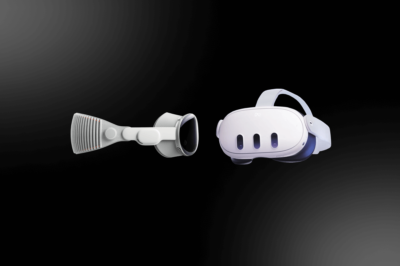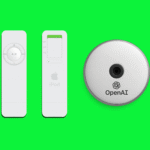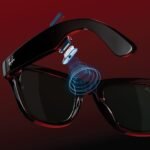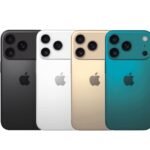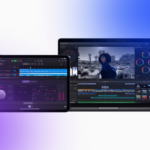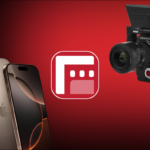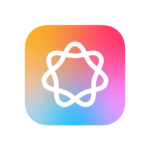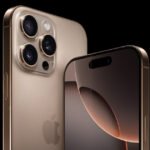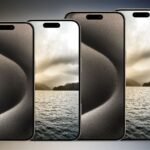Apple and Meta have been on a collision course for dominance in the mixed reality headset market, and the stakes have never been higher. In June, both tech giants made grand entrances into the arena. Apple, with its Vision Pro, and Meta, rolling out the Quest 3, each brought a unique perspective to the table. In this article, we will be comparing these two formidable devices, noting key features and speculating on their potential target audiences.
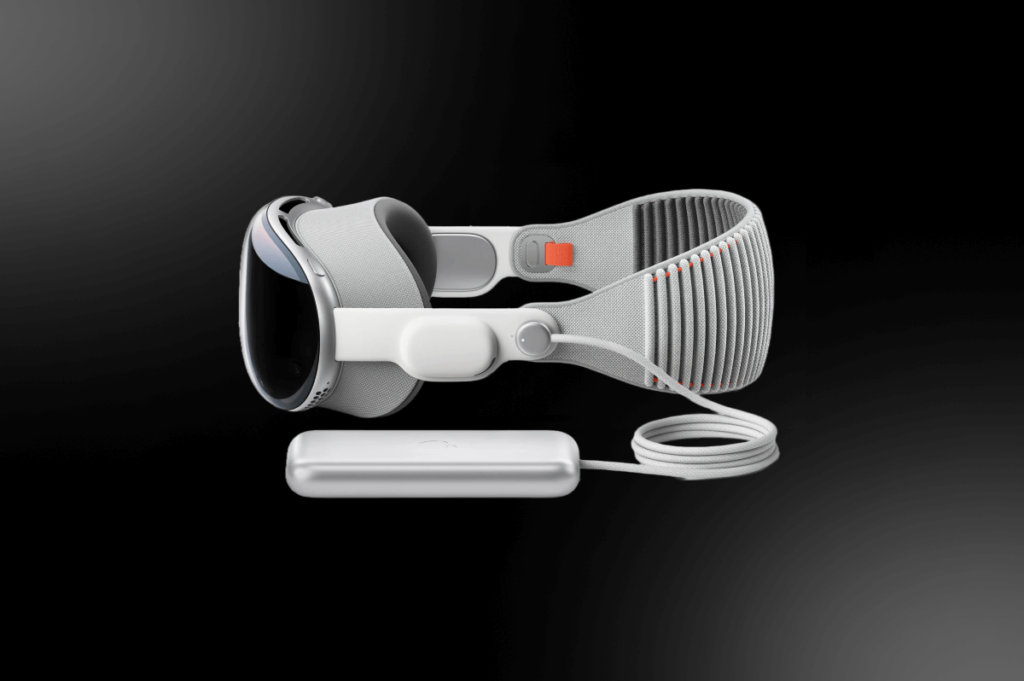
Comparing Tech Specs
| Key Features | Apple Vision Pro | Meta Quest 3 |
|---|---|---|
| Price | $3,499 | $499 (128GB) |
| Release date | Early 2024 | Fall 2023 |
| Chipset | 1 x M2 chip, 1 x R1 chip | TBA next-gen Qualcomm Snapdragon |
| Display resolution | 4K (per eye) | Nearly 30% greater than Quest 2 |
| Storage | TBA | 128GB, TBA larger size |
| Battery life | 2 hours (with external battery) | TBA |
| Size and weight | About 1 pound | TBA (40% slimmer than Quest 2) |
| Mixed reality passthrough | Operates in mixed reality by default | Full color passthrough |
Cost Considerations: Vision Pro vs Quest 3
The Apple Vision Pro, priced at $3,499, is slated for release in early 2024. In contrast, the Meta Quest 3 is considerably more affordable, retailing at $499 for the 128GB model. Meta promises an additional model with increased storage, but pricing details are yet to be released.
Design Divergence: Vision Pro Eyesight vs Quest 3 Design
Apple’s Vision Pro employs a groundbreaking EyeSight feature that displays the user’s eyes for more natural interactions. The headset boasts a wealth of 12 cameras, six microphones, and five sensors, all dedicated to tracking your eyes, hands, and voice. This sophisticated setup allows control without the need for external controllers.
On the other hand, the Meta Quest 3 offers a more compact and practical design. Despite being a more traditional VR device with AR capabilities, it utilizes a new camera array and depth sensor to provide a more accurate representation of the user’s environment and a full-color video passthrough.
Screen Showdown: Display Quality Comparison
The Vision Pro pulls no punches in this department, boasting two 4K Micro OLED displays (one per eye) with high dynamic range capabilities. The Quest 3, although less impressive, does offer an upgrade from its predecessor, featuring an LCD display with nearly a 30% increase in resolution from the Quest 2.
Gesture Mastery: Controller-less Vision Pro vs Hand-Tracking Quest 3
The Apple Vision Pro pioneers a controller-less experience, relying solely on gestures and voice commands for interaction. The Meta Quest 3, however, follows a more traditional path, featuring enhanced Touch Plus controllers with improved haptics, but it does provide hand-tracking capabilities.
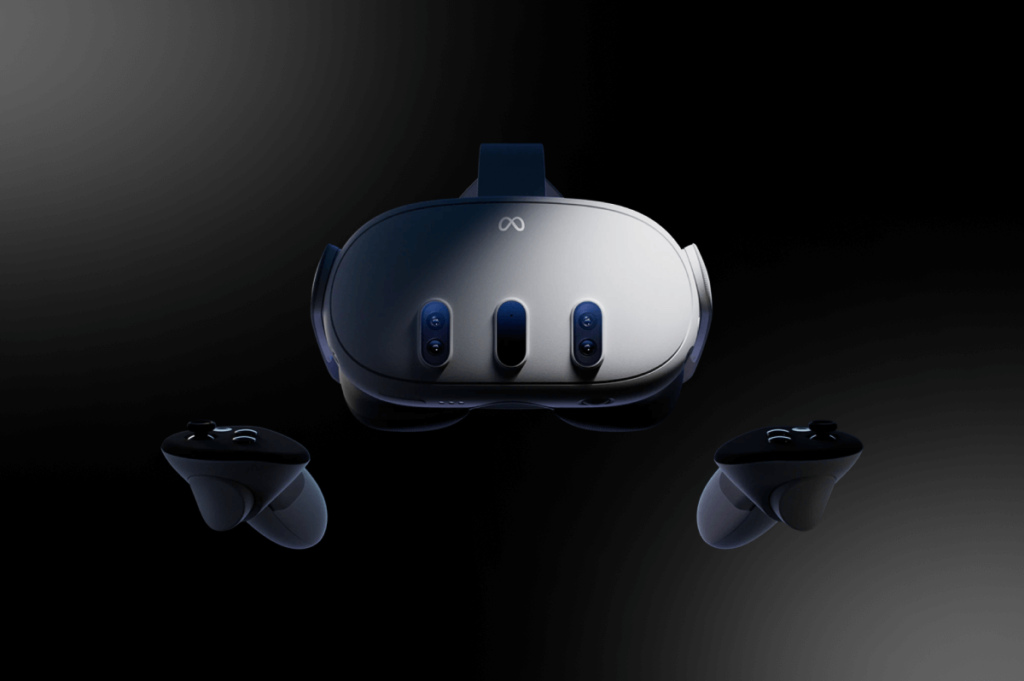
The Power Play: Performance Metrics
Apple’s Vision Pro takes the lead in terms of raw processing power, with the M2 chip and the R1 chip under the hood. In contrast, the Meta Quest 3 houses the next-generation Qualcomm Snapdragon SoC chipset, providing substantial graphical performance but falling short when compared to the Vision Pro’s capabilities.
Battery Lifespan: A Potential Weak Spot for Vision Pro
The Vision Pro’s battery uses an external power bank, attached via a magnetic round puck. The magnetic charger, which attaches to the side of Vision Pro, goes visually in the direction of an Apple Watch charger. It connects via a beautiful braided cable to an aluminum power bank. The braided cable looks very similar to a MagSafe cable.
Both headsets certainly bring a lot to the table. On one side, we have the Apple Vision Pro, a high-end, premium product with advanced features such as gesture controls, high-quality display, and innovative mixed reality interactions. Its price tag, though steep, caters to consumers looking for a luxurious, cutting-edge experience. Apple seems to target users who desire an all-around device that enhances their productivity and gaming experiences alike, merging the digital and physical world seamlessly.
The Meta Quest 3, on the other hand, appears to be a budget-friendly, more traditional VR headset with added AR capabilities. Its focus seems to cater to the everyday VR enthusiast, offering a large library of games and an immersive virtual world. The Quest 3’s price point and features make it more accessible to a wider range of consumers, especially those looking for a more gaming-centric experience.
As Oculus and Anduril founder Palmer Luckey once said, “Virtual reality was once the dream of science fiction. But the internet was also once a dream, and so were computers and smartphones.” The Apple Vision Pro and the Meta Quest 3 represent two different paths on the journey to realizing this dream, catering to diverse segments of the consumer market and pushing the boundaries of what is possible in the world of VR and AR.
